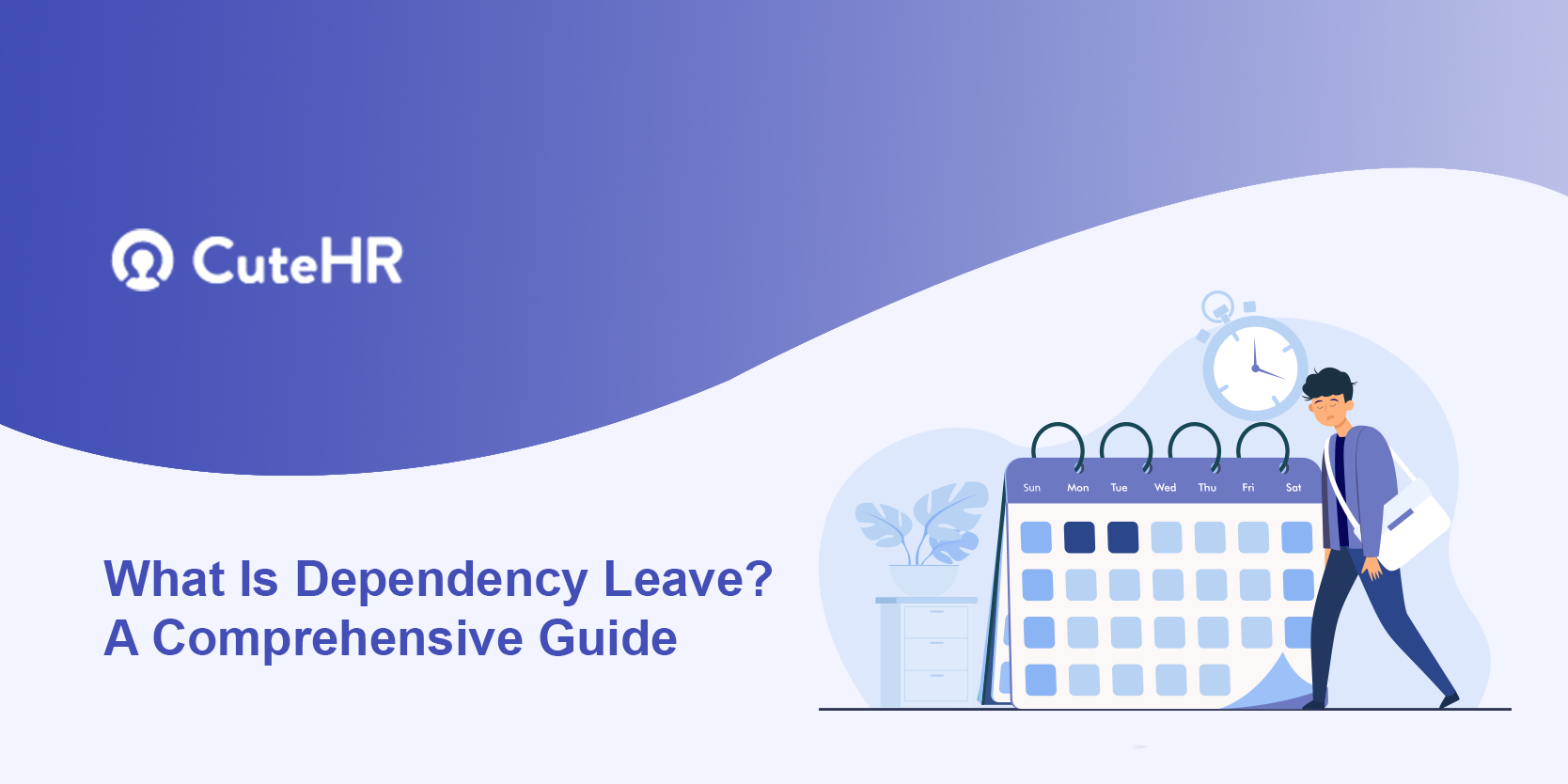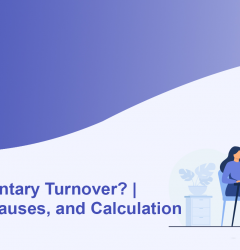13 Apr

The employees of an organisation are legally entitled to a variety of leaves. Among compensatory time off, unlimited leaves, bereavement leave and the like, the employees have the right to opt for dependency leave as well. It implies a leave of emergency to tackle a situation surrounding a dependent. Here, it is crucial for the management to know who is entitled to such a leave, the payment arrangements, the situations under which the leave is granted, the period of dependent leave and so forth.
This article zooms in on all the rules, regulations and eligibility criteria both the employers and employees ought to be aware of when it comes to dependency leave.
Table of Contents
What is dependency leave?
Every employee is entitled to a time off for dependants they are obligated to. The Employment Rights Acts (ERA) 1996 classifies this “reasonable time off” as necessary to deal with unexpected or emergency situations concerning a dependant. It is also referred to as compassionate leave.
In other words, the statutory rights grant all employees to tackle unpredictable circumstances involving a loved one. Considering the fact that they are unanticipated, employees are not required to give a prior intimation or advance notice. But it still implies that employees are to responsibly inform their employer, when reasonably practical, of the objective behind taking leave and when they will possibly be able to resume work. Such knowledge ought to be communicated verbally or in writing.
Since emergency situations can be subjective, it is essential to gain clarity on the key terms- ‘dependant’, ‘reasonable time off’ and other associated legalities.
Who is categorized as a dependant?
A dependant is anyone who relies on you for help in case of an emergency. This person can be a child, spouse, parent, or someone who lives with the employee and is a part of his/her family. In some cases, a neighbour or anybody supported by the employee may also classify as a dependant.

As per the 1996 Employment Rights Acts (ERA), a dependant includes “a person who lives in the same household as the employee, otherwise than by reason of being his or her employee, tenant, lodger or boarder”. Exempted from the Act are people living in the employee’s home without having an intimate relationship with him/her.
In the occurrence of emergencies, a dependant is anybody who reasonably relies for help on the employee. To be specific, certain emergency situations can be one where a person falls ill, is assaulted, injured or the employee needs to make arrangements for care in the case of illnesses or injury.
To sum it up, employees are subject to take dependency leave only where a dependant is involved and reasonably relies on the employee for care and assistance. Additionally, this caretaking responsibility of dependants can include people outside the immediate family.
What counts as an emergency in the context of dependency leave?
The ERA 1996 legislation specifically states that the dependency leave can be used during the following emergency situations:
- To provide assistance when a dependant falls ill, gives birth or is injured or assaulted;
- To make arrangements to provide care to a dependant who is ill or injured;
- To deal with the death of a dependant;
- To deal with the unexpected disruption or termination of arrangements for the care of a dependant;
- To deal with an incident involving the employee’s child during school hours.
All these circumstances indicate a sudden situation concerning a dependant. Therefore, it is established that dependency leave cannot be planned in advance like a child’s scheduled medical appointment.
Is dependency leave paid or unpaid?
There is no statutory obligation in the 1996 Act which states that an employer is to pay his employees for the time taken off during dependency leave. But again the sole decision of the nature of dependency leave lies with the company. It can make a resolution based on its policies, financial structure and the management.
However, making the employees compensate for the lost time is not a good idea and wouldn’t help build goodwill among the workforce. In the case of dependency leave, it is expected for the management to act sympathetically and think in the interest of both the business and the employees.
What is the length of the dependency leave?
Depending on the diverse nature and severity of emergency situations, it becomes difficult to determine the length of a dependency leave. The 1996 Act, limits the length of the dependency leave to a “reasonable amount of time”. Here, the term “reasonable” has not been explicitly defined.
However, the nature of the emergency and individual circumstances establishes how long an employee can take time off. Often a period of two to five days is enough to deal with an emergency.
To avoid ambiguity and confusion, it is suggested that companies have a policy that clearly delineates the extent of the dependency leave.
With no such agreement in place, it is best to decide on the leave allotment based on the nature of the case at hand. The severity of the type of emergency situation will help you make an informed decision.
Is there a limit to the number of dependency leaves?
Since every emergency situation is unique and subjective, there is no limit to the number of times an employee can take a dependency leave. It is the responsibility of the management to figure out if the individual situation classifies as an emergency or if the reason for the leave is valid.
Since all employees, permanent, temporary, full-time or part-time, are eligible to take dependency leave by law, employers cannot penalize them on any grounds. With that said, employers cannot:
- Dismiss you for taking dependency leave,
- Refuse your appraisal or promotion for catering to a dependant by taking time off,
- Deny you “reasonable time off” granted to you by law.
Conclusion
Among all other types of leaves, dependency leave or compassion leaves are highly subjective to individual circumstances. This makes them sensitive matters to be dealt with, with utmost care and compassion, considering all the facts and dynamics.
Alongside, the Employment Rights Acts 1996 throws light on the legislation regarding dependency leave. They act as a guidance system for organizations to better help them build a relationship with their employees by allowing them to execute their responsibilities.













Avneet Oberoi